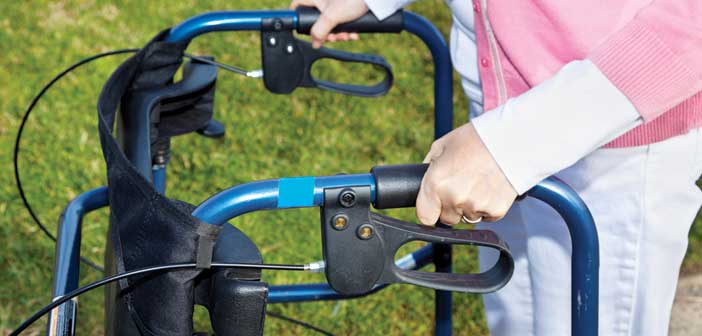Canada has an aging population and will face many challenges as a result of that. While we have been engaged with some of the items that will be affected at the federal level, there is a vacuum for government initiatives related to end of life care, which is known as palliative care.
To be clear, a person doesn’t have to be elderly to benefit from palliative care since many terminal illnesses are not limited to any one age group, but palliative care is predominantly aimed at older populations. Whether elderly or young, patients who require palliative assistance, their loved ones, and our hospitals would all be well served by a national palliative care strategy. While there has been agreement for years among academics, health professionals, faith communities, and the public that Canada needs a better strategy for end of life care, there has been no movement on the issue from the government.
That is not to say that there hasn’t been any activity on this in Parliament, only that it has yet to garner the attention it deserves in recognition of the fact that it is an idea whose time has come. It is an NDP motion (M-456) that calls on the federal government to establish a Pan-Canadian palliative and end-of-life care strategy in conjunction with provinces and territories on a flexible and integrated model of palliative care. It is a motion that seeks to formalize intent, not spell out legal requirements like we would see in a Private Members Bill. If passed, M-456 will direct parliament to go about the task of fleshing out the idea.
It is a given that every family will have to deal with the death of a loved one. For many the process can be overly trying, and a stronger palliative care plan and response could help ease some of the burden for patients and their loved ones.
Instead of placing palliative patients in emergency rooms and hospital beds, and replacing those services with well-supported home care options, it is estimated we can reduce the end of life health care costs by half – currently a savings in the range of $ 8-9,000 a patient. Again, with an aging population, if left unchecked, those costs will only grow. In addition to economic reasons, appropriate palliative care will allow people to receive care in the comfort of their own home (if possible), maintain dignity, and offer loved one’s an opportunity to be involved in providing care as well.
Clearly this is an issue that is growing in importance and one would hope the government will recognize this. There are a number of ways to go about that and some items, such as extending leave for caregivers will be important components of a plan. Without a strategy to tie these items together and reach out to the provinces and territories, we will have an uneven and incomplete approach to a health care challenge that affects most people and deserves a smart, cohesive plan.
-NDP Press Release





